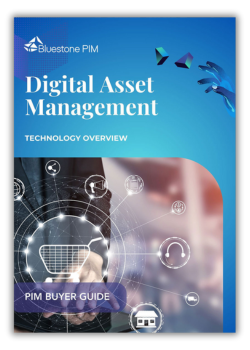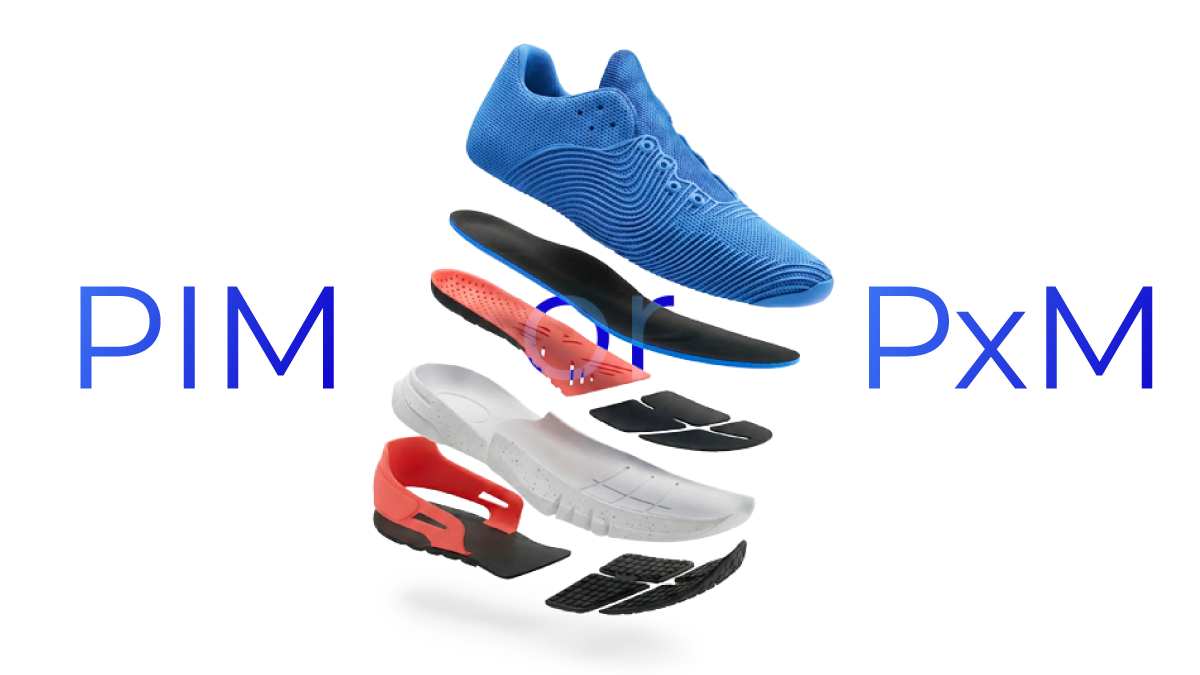DAM vs PIM: Which Platform Wins for Product Content? + Quiz

Struggling to decide between Digital Asset Management (DAM) and Product Information Management (PIM)? This guide provides an expert, quick answer, plus a short quiz to help you choose the best-fit platform for your business.
What Is a DAM? (Digital Asset Management)
A Digital Asset Management (DAM) system is software designed to store, organise, and share digital assets such as images, videos, graphics and documents.
Key features of a DAM:
-
Centralised asset library for all digital files
-
Fast search, preview, and sharing
-
Access controls and permissions
-
Version management
-
Integration with creative and marketing tools
When do you need a Digital Asset Management system?
-
You manage a large volume of product images, videos, or rich media
-
Marketing and creative teams need fast, secure access to brand assets
-
You require advanced rights management and audit trails

DOWNLOAD FREE E-BOOK
Digital Asset Management
Whether you're looking for a seamless PIM-integrated digital asset management solution, aiming to connect to an external DAM system or need headless capabilities, Bluestone PIM is the perfect choice to meet your specific needs.
What Is a PIM Software? (Product Information Management)
A Product Information Management (PIM) system is a platform for collecting, enriching, and distributing detailed product data across all sales and marketing channels.
Key features of a PIM:
-
Centralised management of all product data (SKUs, descriptions, attributes, pricing)
-
Advanced data modelling and validation
-
Workflow and collaboration for product enrichment
-
Channel-specific syndication (e-commerce, marketplaces, print, POS)
-
Integration with DAM, ERP, and e-commerce platforms
When do you need a PIM software?
-
You handle complex catalogues or thousands of SKUs
-
Product data accuracy, speed to market, and omnichannel consistency are mission-critical
-
You require automation for bulk updates and localisation
-
Your business is scaling and needs composable, API-first architecture
Bluestone PIM goes beyond legacy platforms and offers:
-
700+ APIs for integration
-
Composable, microservices-based architecture
-
Native AI features: AI Enrich, AI Linguist, AI Analyst
-
MACH Alliance membership and proven enterprise scalability

DOWNLOAD FREE E-BOOK
Bluestone PIM Features Overview 2025
A thriving e-commerce business relies on a flexible, composable architecture. Product data, the digital representation of every physical product, is essential for driving exceptional customer experiences.
DAM vs PIM: Which Is Right for You? Quiz
PIM Software vs. DAM Systems: Key Feature Differences
|
Feature / Use Case |
DAM System |
PIM Software |
Both Needed? |
|
Manage images, videos, media |
Dedicated media storage, organisation, and versioning |
Connects to DAM to attach media to products |
If you want full product content enriched with rich media |
|
Manage detailed product data |
Limited (metadata only) |
Handles attributes, SKUs, specs, pricing, localisation |
If product data must include images, manuals, or rich media |
|
Omnichannel product publishing |
Only via integration |
Distributes product data to websites, marketplaces, print, POS |
If publishing requires both product data and digital assets together |
|
Creative asset collaboration |
Workflow for creative teams, approvals, rights management |
Limited (focuses on product teams) |
If collaboration spans both creative assets and product data |
|
Enrich product content with media |
Stores media but not product context |
Manages product attributes but needs DAM capability for media |
For consistent, media-rich product experiences |
|
Regulatory compliance, versioning |
Asset versioning, rights, usage control |
Tracks product data changes, approvals |
When both product data and assets require audit trails |
When do you need both?
- If you operate in multiple channels, handle complex catalogues, or want to deliver rich, media-driven product experiences, integrating DAM and PIM is essential.
Why DAM Built Into a PIM Platform Is Smart
Many enterprises now choose a PIM software with built-in Digital Asset Management features instead of investing in separate systems. Why? Because product data and digital assets, such as images, videos, and documents, are inseparable in modern commerce.
With Bluestone PIM, DAM is not an afterthought:
-
Images, videos, and files are linked directly to product records.
-
This ensures absolute consistency across e-commerce sites, print catalogues, marketplaces, and mobile apps.
-
Your teams save time, avoid versioning errors, and create a single source of truth for all product content.
Composable by design, Bluestone PIM supports every DAM scenario:
-
Built-in DAM capabilities for brands wanting simplicity and speed. Check 8 essential DAM features in PIM for marketers and product managers.
-
Integration with external DAM systems for enterprises that already use tools like QBank, Tenovos, or Cloudinary.
-
API-first architecture allows seamless connection to any best-in-breed DAM through standard APIs and ready-made connectors.
-
External DAM extension available for highly customised integrations.
Result:
You gain centralised control, unmatched flexibility, and total freedom to scale your digital and product content as business needs grow.
DAM, PIM, or Both: What’s The Best Choice?
Choosing between Digital Asset Management (DAM) and Product Information Management (PIM) is no longer a simple either/or decision. Most future-ready enterprises need both to deliver accurate, rich, and omnichannel product experiences. With Bluestone PIM’s composable architecture, you gain the flexibility to manage product data and digital assets in one scalable platform, backed by enterprise-grade APIs and native AI.
Don’t let disconnected systems hold your business back.
Take our quick quiz or book a personalised Bluestone PIM demo to find your perfect fit.
Book a free demo or talk to our experts today
We’ll help you explore whether you need a standalone DAM software or an integrated PIM with DAM capabilities to best support your product content strategy.




